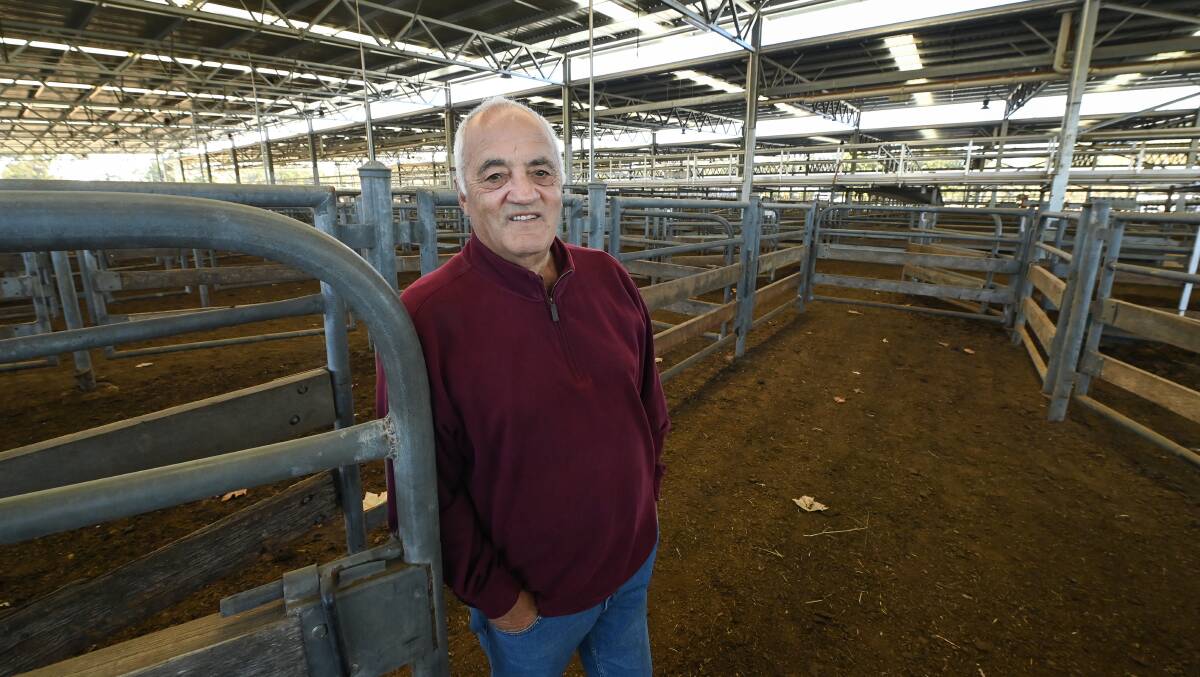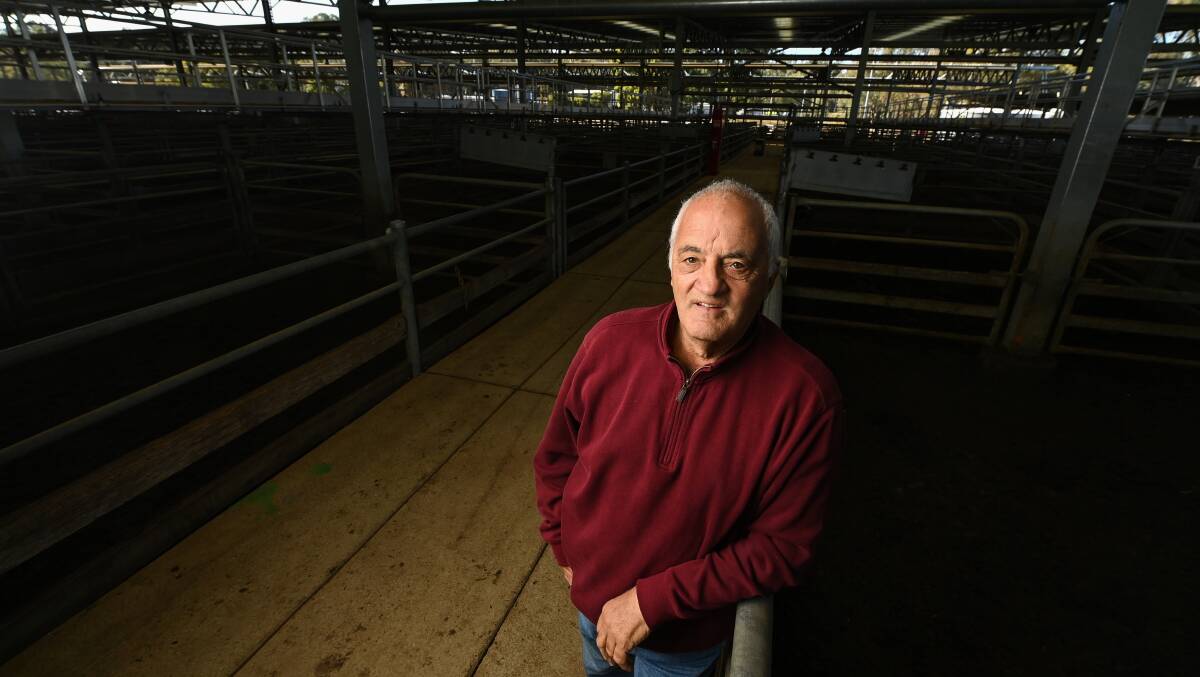
Like so many saleyards across the country, the number of prime cattle being sold at the Wangaratta Livestock Exchange has been lower than normal this year.
Subscribe now for unlimited access.
or signup to continue reading
Exchange chairperson John Muraca said it was because Australian cattle producers were rebuilding their herds after the last few hard-hitting years of drought.
"What we call the fat market, is holding at best, probably dropping," he said.
Figures from the exchange show from January to May this year 2645 prime or fat cattle were sold, compared to 4971 prime cattle sold in the same period last year.
Mr Muraca said it was due to a lack of prime cattle in the area.
"That's not just Wangaratta, that's in general," he said.
"Have a look at the numbers everywhere, they're nowhere near where they should be.

"The cattle aren't there ... because of the drought."
Data from the Northern Victoria Livestock Exchange showed a similar story.
From January to April this year the NVLX had a throughput of 21,705 prime cattle, but last year in the same time it had 46,002.
Unit Manager Tim Kuis said the drop was mainly due to Australia's lower herd numbers, but it wasn't the only reason.
IN OTHER NEWS:
"I think the whole herd has reduced but there has also been a transition from cattle being marketed through prime markets to marketing them in store markets," he said.
Mr Kuis said because store cattle were fetching a good price, cattle that would traditionally have been sold to prime markets were now being sold into store market.
"It's not local, it's a national effect," he said.
Wangaratta Livestock Exchange board member and local livestock agent Justin Keane said the low supply and sale of prime cattle in Australia meant many abattoirs weren't working at capacity.
"A lot of them are only working at three- quarters of their capacity because they just can't get the amount of livestock to kill," he said.
"The national weekly kill, if you wanted to google it from last year at the same time, might have been about 160,000 to 170,000 cattle for the week, but then if you go back and have a look at last week's kill it was probably less than 100,000.
"So there's 60,000 to 70,000 less cattle getting processed in Australia every week."
Although throughput numbers were lower at the Wangaratta Livestock Exchange, Mr Muraca said the business was still breaking even.
Our journalists work hard to provide local, up-to-date news to the community. This is how you can continue to access our trusted content:
- Bookmark https://www.bordermail.com.au/
- Make sure you are signed up for our breaking and regular headlines newsletters
- Follow us on Twitter: @bordermail
- Follow us on Instagram @bordermail
- Follow us on Google News.


